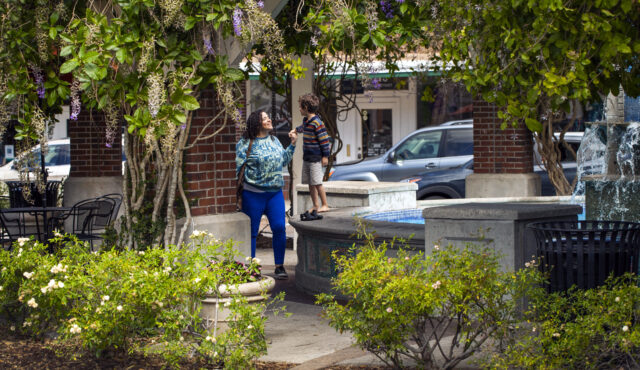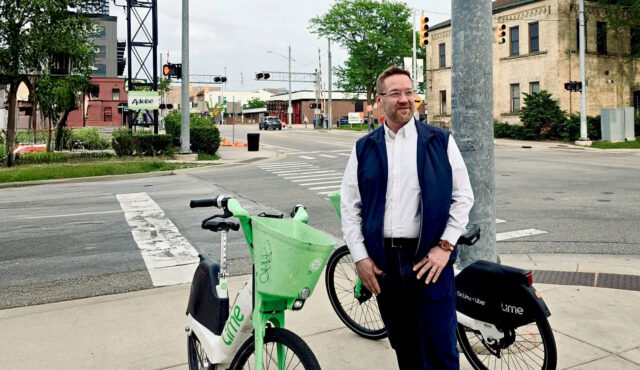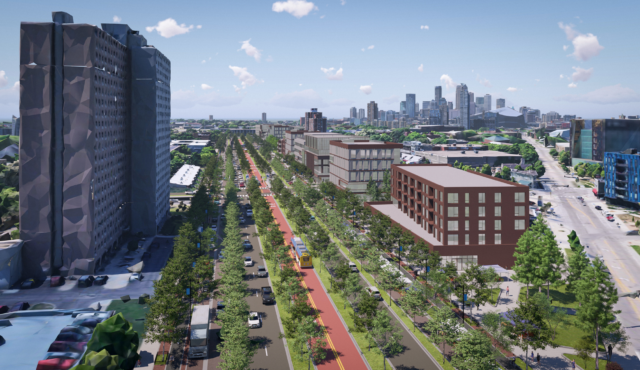Cindy Zerger spent years riding along the trails of the Grand Rounds in Minneapolis and always appreciated not only the linear park spaces through which she passed, but also the simple yet beautiful detail of a flush ribbon curb on either side of the asphalt trail. That detail served a functional purpose of preventing the asphalt from edge failure, but only when it was removed did Cindy realize it had served a less tangible purpose as well. It had made the trail feel finished. It had made it a place.
Since then, Cindy has focused on how to design our trails, streets, and public spaces to be memorable places, not just paths on the way to something else. Part of Toole Design for nearly a decade, Cindy is a valued member of our Oakland team, one of our Board members, and the new leader for our Urban Design practice.
Read on to learn more about Toole Design’s new Urban Design Practice Lead and how she’s reshaping the transportation conversation.
How do you define urban design?
Urban design is the arrangement, appearance, and experience of our cities, communities, and places. In simpler terms, it determines the identity or feeling of a place. Done well, it makes a place memorable… in a good way.
Urban design is also inherently multidisciplinary. It takes the integrated effort of planners, landscape architects, architects, engineers, and others to develop a place that has its own identity outside of just the buildings and practical elements.
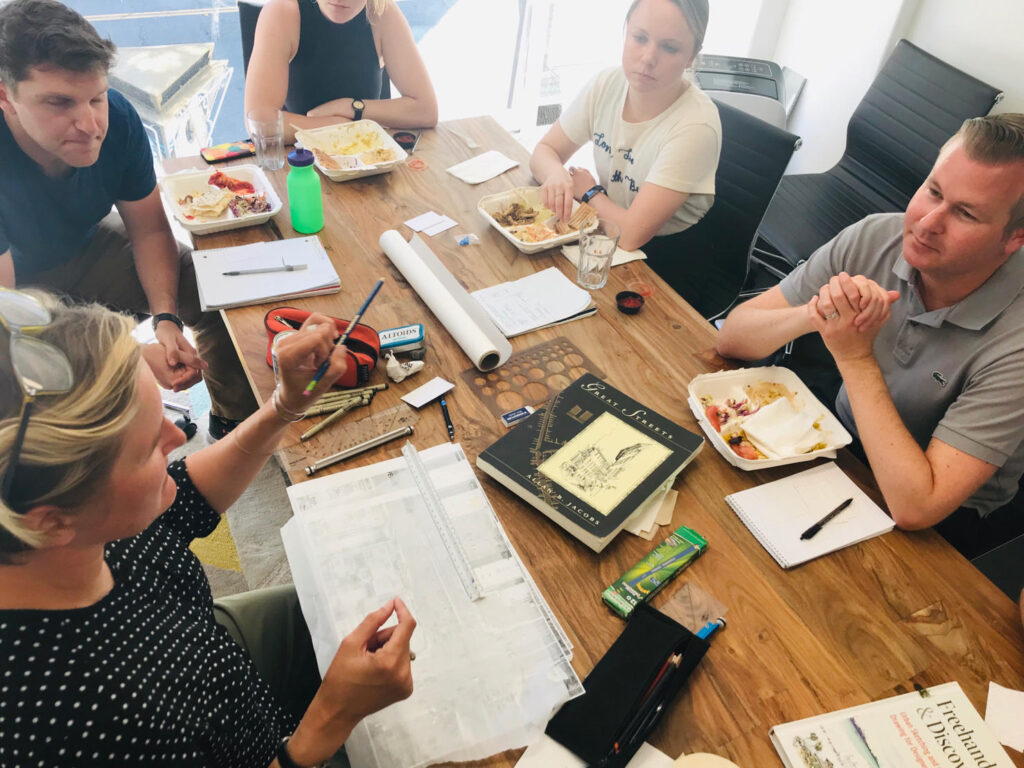
What started you on this career path?
I’ve always been passionate about cities, why people are drawn to certain spaces, and how we move through space. When I lived in Aspen, CO, working three jobs (!) I was constantly riding the bus. I realized I could get off and walk to my destination faster than the bus would get me there, and I wanted to understand how the system could be improved. In my research, I stumbled upon the disciplines of urban design and landscape architecture. I ended up going back to school for Master’s degrees in both Landscape Architecture and Planning.
What does urban design have to do with active Transportation?
Everything! In streetscape design, it’s common to look first at the center line and then allocate space working outward. At Toole Design, we start with what pedestrians want and need, then work our way inward to the center line.
For a long time, active transportation was treated as an “amenity” or afterthought in the street design process. As communities recognized the need for bicycling infrastructure, it led to quick retrofits with flex posts and paint, which were necessary but often created a cluttered visual experience. We’re moving beyond that now to give these spaces their due as part of the urban fabric.
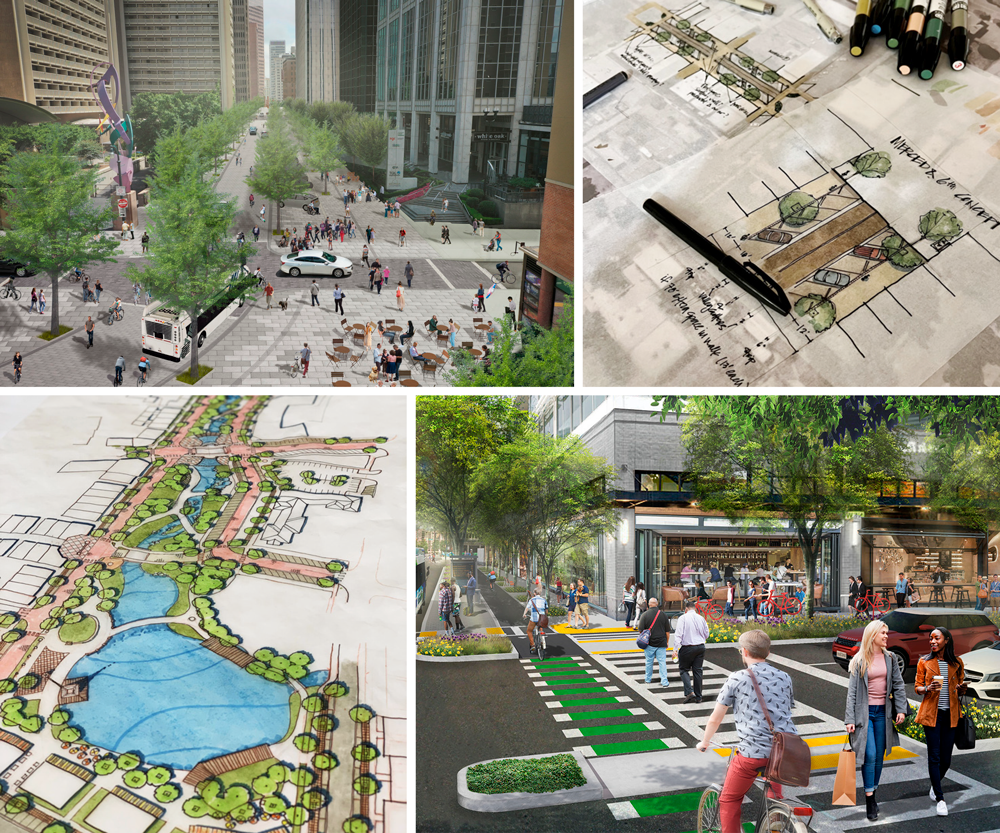
What are you proudest of in your career so far?
Seeing the concept of “path as place” become part of the transportation conversation. I coined this phrase years ago to communicate how we can design our trails, streets, and even highway experiences to be as memorable as the destinations. I’ve now been in meetings — with agency staff, colleagues, and others — and heard them use the phrase to describe a project approach. If there’s anything I want to contribute, it’s reshaping how we think and talk about our transportation system.
What places have inspired you?
- Presidio Tunnel Tops in San Francisco is a gamechanger when it comes to connecting green spaces divided by a highway. The connections it re-stitches, the programming, the planting plan and attention to detail… it fundamentally changes people’s experience with the Bay in this location.
- The Highline in New York City integrates the buildings with a path. Plus, the planting regime is incredible.
- The Netherlands remains inspiring to me since my time studying there in graduate school. If they can recover from their auto-centric hangover, we can too. Their approach to city design is fascinating and a model to learn from.
What’s your favorite way to get around?
Poppy the bike! My orange steed.
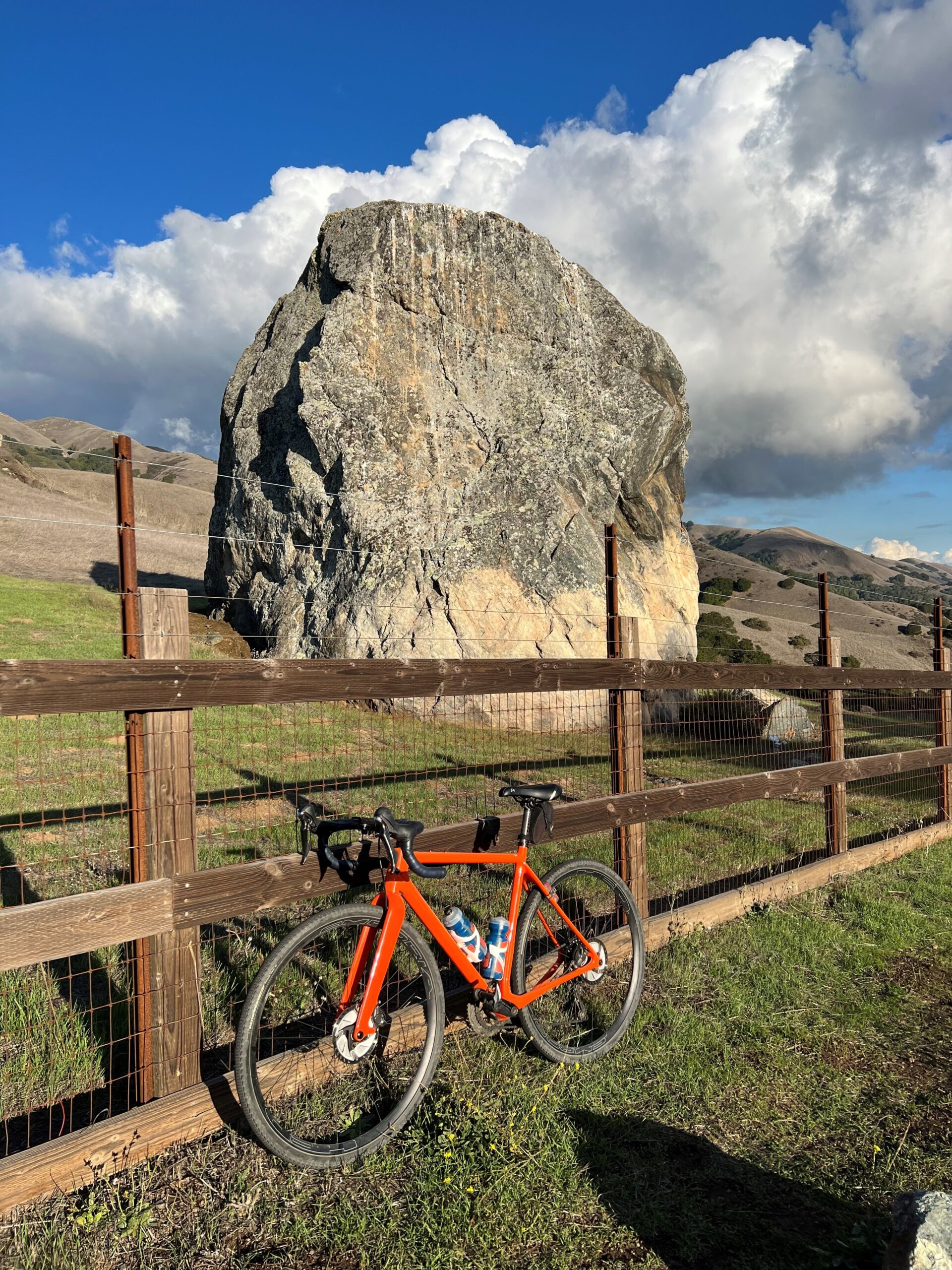
What’s one Challenge we will be grappling with in Future years?
Climate change. We’re already grappling with it, of course, but we must commit to a multifunctional landscape approach in designing our public spaces (and private spaces, for that matter). Our streets are arguably the largest part of the public realm in any community, and we have such an opportunity to address climate issues if we recognize that our streets serve a larger purpose than moving people. When we perceive public rights-of-way as an opportunity to address multiple challenges — stormwater management, urban heat island effect, mode shift — we can create design solutions that are more holistic.
What is something people might not know about you?
I was a coach and development manager for U.S. Skiing for years prior to entering the world of urban design. My years of coaching frame the way I approach collaboration, team management, and project delivery. Everyone brings personal experiences and talents to the table. I’ve learned that if I focus on creating the framework for people to be the best versions of themselves and find inspiration in the work they do, then creativity and design excellence really manifest.
